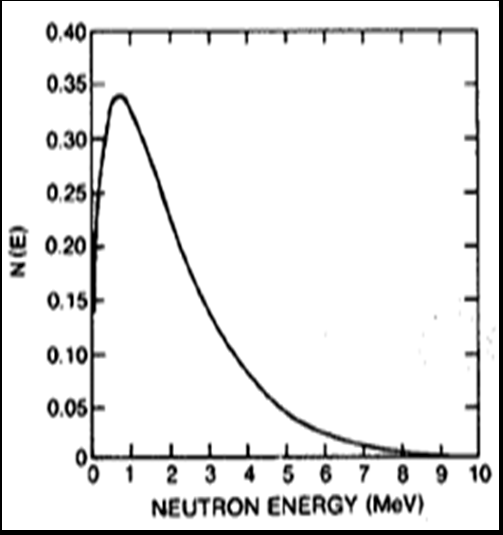ADVANCEMENT IN NUCLEAR RESEARCH
Why in the news?
- Researchers have conducted a groundbreaking study on the prompt fission neutron spectrum (PFNS) of Pu-240, using neutron energies exceeding 0.85 MeV.
- This marks a significant departure from previous studies and has profound implications for nuclear technology and applications.
Source: IASP
Findings of the Research:
- Researchers at LANSCE used high-energy neutrons to study PFNS in Pu-240, revealing unexpected second-chance fission rates and energy threshold nuances.
- Their findings underscore discrepancies in current nuclear data libraries, crucial for accurate modelling and safety in nuclear technologies.
About Prompt Fission Neutron Spectrum (PFNS):
- Definition: PFNS refers to the distribution of neutrons emitted immediately after fission.
- Characteristics: It varies with the fissile material and its energy. Fast neutrons dominate initially, followed by thermal neutrons.
- Importance: Essential for understanding nuclear reactions, reactor design, and nuclear weapon physics.
- Applications: Used in simulations, nuclear research, and developing reactor models for optimal neutron utilization.
About Pu-240
|
Associated Article:





